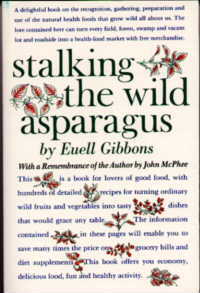In morning mist
a frenzy of drops
from the tree
-Issa
 |
| One of the majestic Eucalyptus trees lining the farm |
Yesterday's hike around the farm and the adjoining empty land with my son was amazing. I love seeing everything through his 7 year old eyes, he is one of the keenest observers (and avid collectors) I know. After all the rain the woodland floor is teeming with new growth. We both felt like we were inside a huge salad bowl, surrounded by edible greens. I want to share a few things I have learned about some of these common and useful plants most people either overlook or call weeds.
 |
| Plantain leaf (cooling and drying) |
Recently we had quite a severe bought of poison oak run through our household. Our youngest had it the worst and after a little more than 2 weeks it is finally on its way out. The saving grace seemed to be washing with Technu lotion over and over, even days after exposure to help contain the rash from spreading and then applying fresh aloe leaf to cool it down and sooth. I was kicking myself after walking down the hill and noticing plantain popping up everywhere. This plant is really good for poison oak (and ivy), bites, stings, diaper rash, and any itchy skin irritations, especially with burning or prickling sensations. As a kid I learned you can chew up the leaf and spit it out onto your skin if you have a bug bite or bee sting. You can also use it as an eye wash for sore eyes or conjunctivitis. Just make an infusion with the fresh leaves and use the tea as a wash topically. Another great plant for poison oak is jewelweed.
http://www.youtube.com/watch?v=f2wNhs9s5Wo
 |
Cleavers (cooling and drying)
\ |
Cleavers is out in all of her glory. Another cooling and drying plant that can be useful in psoroasis, eczema, dandruff, and other dry skin conditions. This is a good one topically as a compress for fever, sunburns, and bleeding wounds. Here is one of my favorite naturalists talking about cleavers as a wild edible food.
http://www.youtube.com/watch?v=hQ3jfhI94yY&feature=youtube_gdata_player
I will be going back to harvest a bunch to juice in the next couple of days.
 |
| Mallow (cooling and moistening) |
This mallow plant is flouishing under our black walnut tree. The leaves and flowers of common mallow can be applied as poultices to wounds or drunk as an infusion to soothe coughs. It is yummy cooked as a vegetable when young and tender. The original marshmallows were made from a plant called marshmallow, (related to common mallow) by boiling pieces of the root of the plant in water, adding sugar and whipping. Then, the thick, white confection was dropped in spoon fulls onto waxed paper to dry into candy.
 |
| New growth on a wild artichoke plant |
 |
| Old wild artichoke head long gone to seed |
I think it is beautiful when you can see the different cycles of the seasons on the same plant. One old seed head that survived the rains and a new baby artichoke growing from the plant. These plants are extremely sharp and hard to get to without poking yourself but if you can manage it, you can get a free and abundant supply of artichoke hearts that are similar to the domesticated variety, not to mention the leaves make a good digestive aid.
Sorry for the blurry photo...do you know about this book? It is one of my all time favorites! An excellent read and knowledge passed down that we just may need sometime in the near future.
*Just have to make sure that you all know not to pick or eat any plant that you are not familiar with. Lots of plants look alike and some are poisonous. Please go out and learn from an experienced naturalist or herbalist!







No comments:
Post a Comment